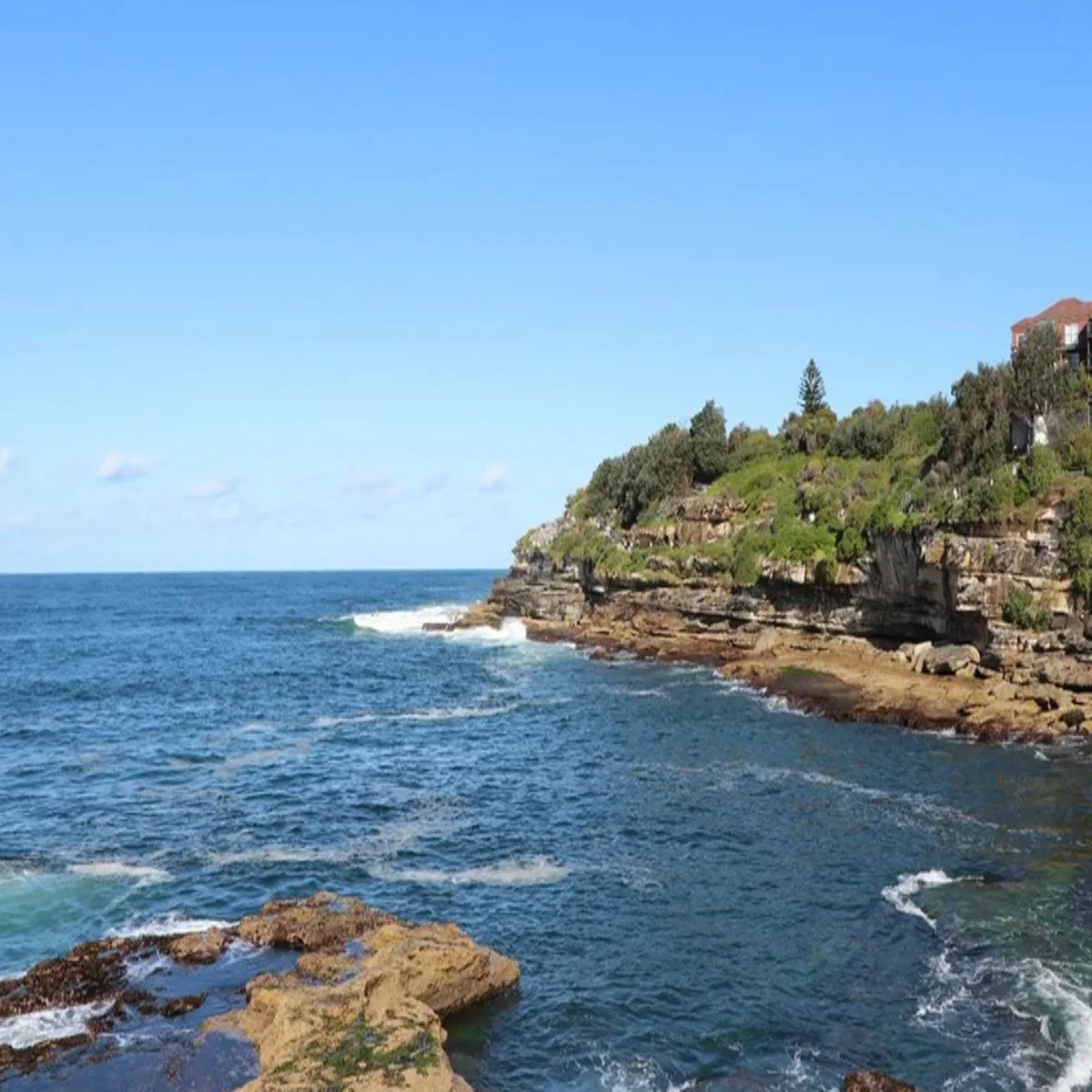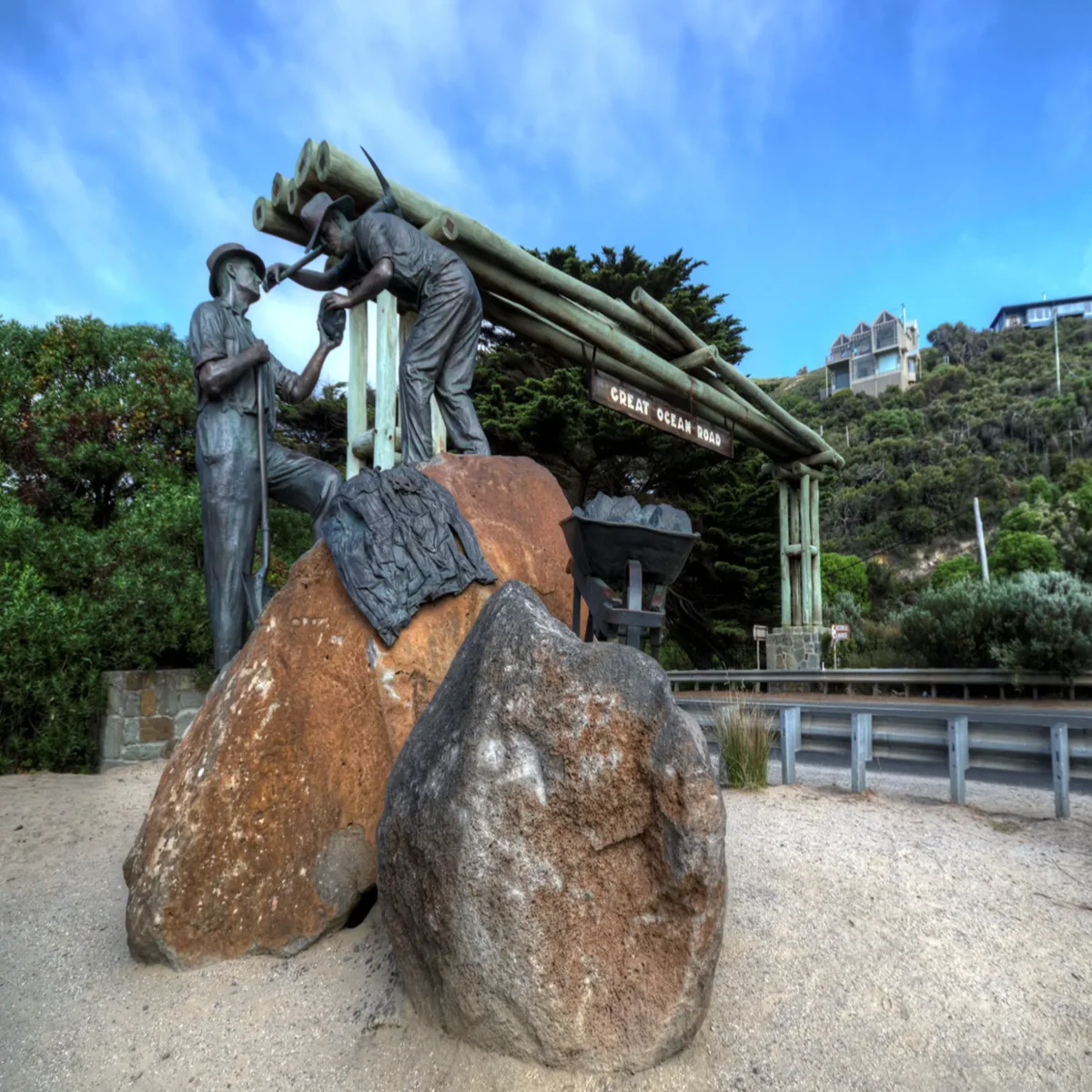Travelling the Great Ocean Road, you'll come across Split Point Lighthouse, a must-see attraction on the Shipwreck Coast. The Split Point Lighthouse in Aireys Inlet stands 34 meters tall and is easily recognizable by its red cap.

Exploring Aireys Inlet
Take a Great Ocean Road 2 day tour to see the sights of the Great Ocean Road, to which the Split Point Lighthouse belongs.
Visitors can climb the Split Point Lighthouse in Aireys Inlet for stunning views.
The coastline is a significant historical site where numerous ships have crashed, with a functioning lighthouse that aids vessels navigating Bass Strait's dangerous waters every night.
The lighthouse in this area is known for its appearance in the television series 'Round the Twist.' Visitors can potentially see dolphins or whales from the top balcony. The lighthouse is open daily for visits, depending on the weather. Guests can climb to the top for panoramic views of the coastline.
Reasons to Visit
Aireys Inlet may not be a large town on the Great Ocean Road, but it is worth a visit. It is a gateway to the Great Otway National Park, offering surfing, mountain bike riding, bird watching, and fishing activities. One of the main attractions is the Split Point Lighthouse. Nearby, visitors can explore a replica bark hut of the town's first settlers at the Allan Noble Sanctuary.
The Split Point Lighthouse is historical
Since 1919, Split Point Lighthouse has been unmanned. Access to the inside of the tower was limited in the past, making it a rare treat to see the views from the top. Originally known as Eagles Nest Point, the lighthouse was built in 1891 to guide ships along the Shipwreck Coast. In 1919, it switched to automatic lighting, but the structure remains unchanged from its original design.
In November 2005, the local Surf Coast Shire awarded Eco-Logic the opportunity to run tours of the lighthouse, which had previously been nestled in a residential area on an unsealed road throughout the 20th century.
Visitors can take guided tours of the lighthouse on weekends year-round and weekdays during school holidays to enjoy the exceptional views of the surrounding landscape.
The tours typically last around thirty minutes, allowing visitors to climb the original staircase, enjoy views from the balcony beneath the lantern room, and learn about the historical significance of the lighthouse. However, access to the top part of the lighthouse is restricted due to its current use as a mobile phone base station. The original lighthouse keeper's quarters have been converted into a privately owned residence located adjacent to the lighthouse.
Split Point Lighthouse has been featured in various television shows, including the children's programme Round the Twist.
Visitors to the lighthouse on the Great Ocean Road can enjoy stunning views of Australia's rugged scenery and learn about the country's history.
Walking trails by the Split Point Lighthouse
Lighthouse Discovery Trail
This 2.2-kilometre coastal walk starts at the Split Point Lighthouse and ends in Fairhaven village. Along the way, you'll pass whale-watching lookouts and cross an ancient tribal boundary line. The track has some low hills and a few steps, but it is generally accessible.
Aireys Clifftop Walk
The easy 2.7-kilometer walk from Split Point Lighthouse to Sunnymead offers a glimpse of the Great Ocean Road, featuring views of the beach and a stroll through the bush.

Visiting the Great Otway National Park
The Great Otway National Park offers a range of activities for visitors travelling along the Great Ocean Road, from exploring waterfalls to ziplining through the forest canopy. Visitors can enjoy a day in nature with family and friends.
Eagle Rock Marine Sanctuary
The ocean waters off the shore of Aireys Inlet are protected, covering over 17 hectares. Eagle Rock and Table Rock are two limestone stacks in this area. Marine species like octopus, crabs, and sea sponges can be found near the shore, along with different species of sharks. The sanctuary is also a feeding area for local sea birds. You may come across ancient Aboriginal cooking sites, known as 'middens', over 2000 years old. Evidence suggests that mollusc was a core staple of the Aboriginal diet, including sea snails, mussels, and octopus.

